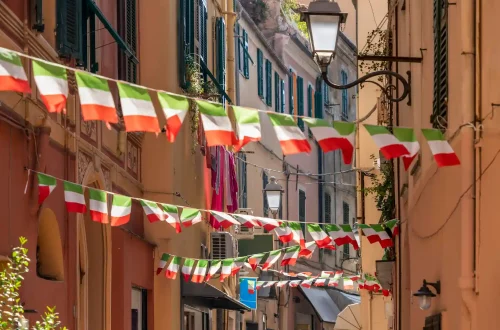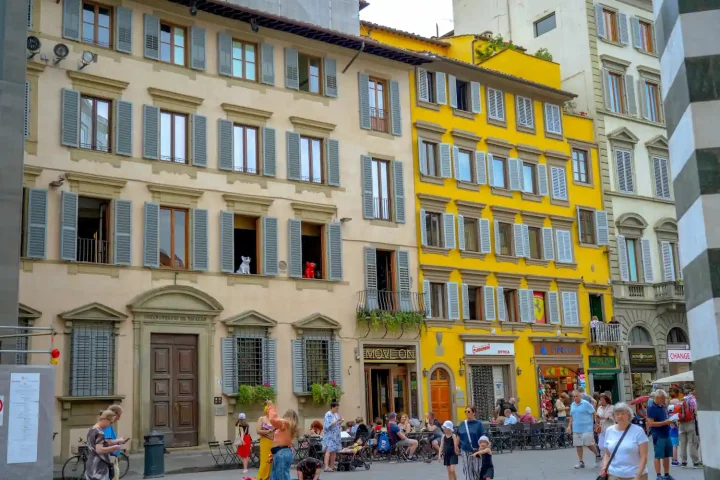Italian citizenship has long served as a powerful bridge connecting descendants of Italian nationals to their heritage. Rooted in the principle of jus sanguinis (citizenship through descent), the laws surrounding Italian citizenship allowed countless individuals across the globe to maintain a connection to Italy, even generations after their ancestors emigrated.
However, recent legislative changes have introduced alterations to eligibility criteria, sparking discussions and concerns among those who may be affected.
Changes in Italian Law
Italy’s jus sanguinis framework is one of its most distinctive features. This principle enables individuals to claim Italian citizenship based on their lineage, provided they can demonstrate an unbroken bloodline connecting them to an Italian ancestor. Unlike many other countries, Italian citizenship laws historically placed no generational limit, allowing descendants several generations away from their Italian ancestor to apply for recognition.
However, in March 2025, the introduction of Decree-Law No. 36/2025 marked a turning point in Italian citizenship legislation. This new law has imposed stricter generational limitations on eligibility, reserving the right to citizenship for children and grandchildren of Italian citizens born in Italy. As a result, descendants beyond the second generation are now excluded unless they had already initiated the application process before the law came into effect.
Requirements as of March 28, 2025
Children and grandchildren of Italian nationals are eligible to apply for Italian citizenship, provided they can establish a clear connection to their Italian ancestry. This process requires presenting various documents to demonstrate lineage.
These include birth certificates, marriage certificates, and death certificates of individuals in the line of descent, which trace the applicant’s ancestry back to the Italian ancestor. Additionally, foreign documents must be translated into Italian and authenticated with an apostille to meet official requirements.
Take advantage of specialized assistance to secure your passport for a borderless future.
What Italian citizenship represents
For millions of descendants worldwide, holding Italian citizenship represents a connection to their heritage, culture, and identity. It serves as a tangible link to the land of their ancestors and a way to honor the sacrifices made by past generations who emigrated in search of better opportunities. Italian citizenship allows descendants to preserve their familial traditions and maintain a sense of belonging to the Italian community.
Beyond its cultural significance, Italian citizenship offers numerous practical benefits. As citizens of the European Union (EU), Italian passport holders enjoy freedom of movement, residence, and employment across all 27 EU member states.
This opens the door to enhanced professional and educational opportunities, as well as reduced tuition fees at European universities. Additionally, the Italian passport is widely recognized and grants access to visa-free or visa-on-arrival travel to many countries worldwide.
The recent changes to Italian citizenship laws have reshaped the eligibility landscape for descendants of Italian nationals, placing stricter limitations on who can apply. While children and grandchildren of Italian nationals retain their rights, those beyond the second generation face new barriers.
For affected families, the path to Italian citizenship requires diligence and preparedness. By compiling the required documentation and navigating the application process, descendants can secure their connection to Italy while rights remain available. As the regulatory landscape continues to evolve, acting decisively ensures that families can preserve their heritage and maintain their ties to the Italian community for generations to come.






